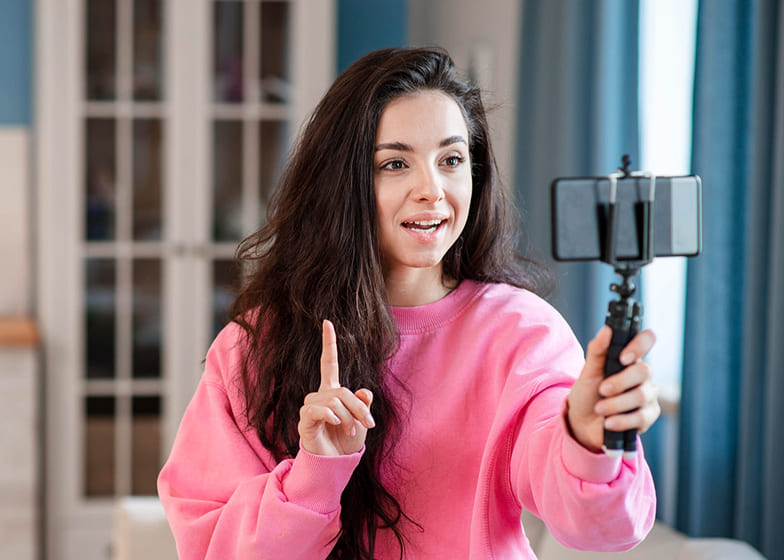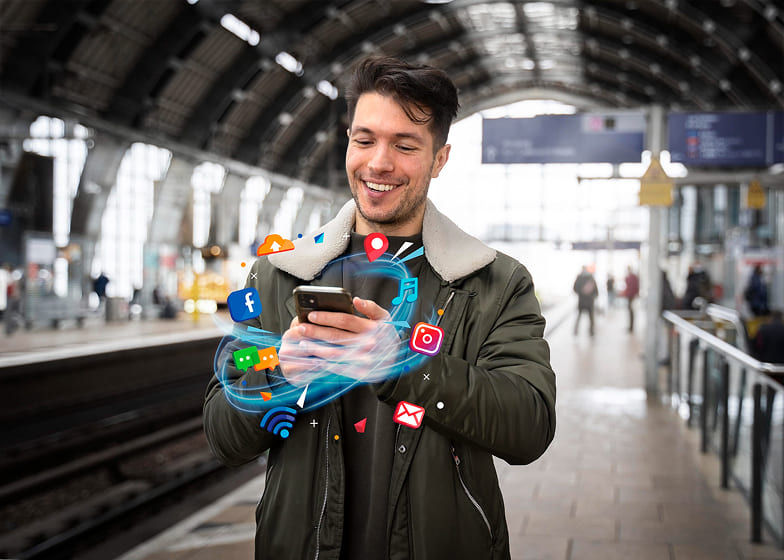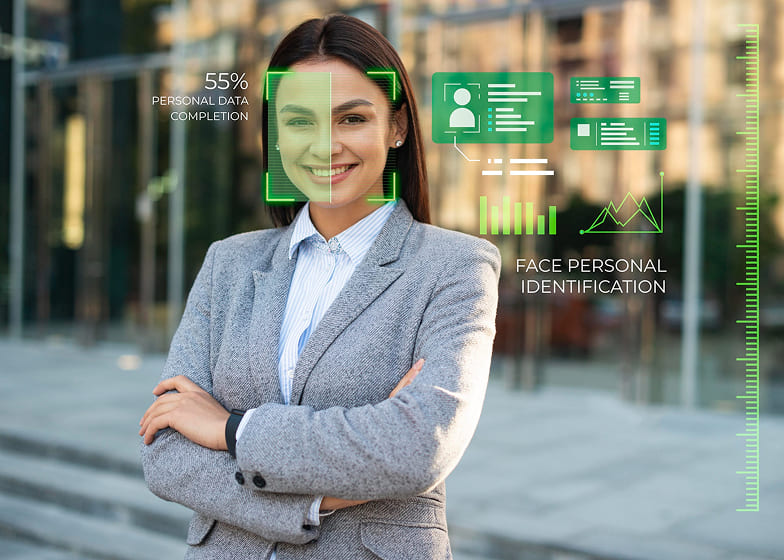Influencer marketing has become one of the most powerful tools for brands to connect with their target audience. Unlike traditional advertising, influencer campaigns leverage the trust and credibility that influencers have built with their followers. This makes their recommendations feel more authentic, often leading to higher engagement, conversions, and brand loyalty. A well-planned campaign ensures that your message reaches the right audience while also delivering measurable results.
The first step in creating a successful influencer marketing campaign is identifying the right influencers. Brands should look for individuals who align with their values, industry, and audience demographics, rather than just focusing on follower count. Micro-influencers with 10,000–50,000 followers often deliver stronger engagement rates compared to celebrities, and they can be more cost-effective. Selecting influencers who genuinely believe in your product or service ensures that the content feels natural and trustworthy.
Once influencers are chosen, it’s crucial to set clear campaign goals. Whether the objective is brand awareness, lead generation, or direct sales, the campaign structure should align with measurable metrics such as engagement rates, reach, or ROI. Providing influencers with creative freedom while sharing brand guidelines allows them to produce content that resonates authentically with their audience. Additionally, offering exclusive discount codes or affiliate links can make the campaign more interactive and trackable.
Finally, measuring performance is key to long-term influencer marketing success. Brands should monitor engagement, conversions, and audience sentiment to determine whether the campaign met its goals. Successful collaborations often evolve into long-term partnerships, where influencers act as ongoing brand advocates. By combining strategy, authenticity, and data-driven evaluation, businesses can build impactful influencer campaigns that not only increase visibility but also generate sustainable revenue growth.
marketing campaign
A marketing campaign is a planned series of activities and strategies designed to promote a product, service, or brand to a target audience with a specific goal in mind. These campaigns are usually time-bound and focus on achieving measurable outcomes such as increasing sales, boosting brand awareness, generating leads, or improving customer engagement.
Unlike one-off promotions, a marketing campaign often uses multiple channels (such as social media, email, paid ads, events, or content marketing) to deliver a consistent message. For example, launching a new product might involve a mix of Instagram ads, influencer collaborations, email newsletters, and blog posts, all working together toward the same objective.
The success of a marketing campaign depends on clear goal-setting, understanding the audience, choosing the right channels, and measuring results. A well-executed campaign not only helps businesses attract new customers but also strengthens relationships with existing ones, ultimately driving both short-term results and long-term growth.
Define Campaign Goals
Before launching an influencer campaign, it’s essential to clearly define what you want to achieve. This ensures the strategy, influencer selection, and messaging align with measurable outcomes.
Awareness Campaign
Focus on increasing visibility for your brand or product. Success is measured by reach, impressions, and follower growth. Influencers create content that highlights your brand identity and engages their audience to notice and remember your brand.
Engagement Campaign
Aim to encourage audience interaction through likes, shares, comments, and mentions. Metrics include engagement rate, social shares, and audience participation in contests or challenges promoted by influencers.
Conversion Campaign
The ultimate goal is to drive actions such as purchases, sign-ups, app downloads, or newsletter subscriptions. Success is measured by click-through rates, sales, or leads generated from the influencer content.
Choose Campaign Type
Selecting the right type of campaign helps target the audience effectively and aligns influencer activities with your goals.
Product Launch Campaign
Launch a new product by collaborating with influencers who showcase its features, benefits, and usability. Influencer content can include unboxing, first impressions, or tutorials.
Discount/Offer Campaign
Influencers promote limited-time offers, exclusive deals, or coupon codes to incentivize purchases. This type of campaign is highly measurable through tracking links and promo code usage.
Brand Storytelling Campaign
Influencers share authentic stories about your brand’s values, mission, or unique benefits. Emotional storytelling helps build trust and loyalty.
User-Generated Content (UGC) Campaign
Encourage influencers and followers to create content about your brand. This increases authenticity and social proof, while expanding organic reach.
Long-term Partnership Campaign
Building ongoing collaborations with influencers over months or years increases trust, authority, and consistent exposure. It’s ideal for brand ambassadors or loyalty campaigns.
Craft the Right Message
The messaging should resonate with the influencer’s audience while promoting your brand effectively.
Authentic Message
Avoid scripted content; influencers should present the product in their natural style. Authenticity improves credibility and audience trust.
Clear Call-to-Action (CTA)
Include a simple, actionable step such as “Use code SAVE20,” “Shop now,” or “Download the app today.” Clear CTAs increase conversion potential.
Value-Oriented Message
Highlight the benefits of your product or service instead of just features. Show how it solves a problem, saves time, or enhances the lifestyle of the audience.
Storytelling Message
Embed your product within a story that evokes emotions, demonstrates utility, and creates a memorable narrative that aligns with your brand identity.
Match Message with Audience Needs
Every influencer has a unique audience. Your campaign message must resonate with their demographics and interests.
Audience Research
Identify follower age, location, interests, income level, and engagement patterns. This ensures your content reaches the right people.
Tailored Content
Adapt the message to fit the influencer’s niche. For example, health and fitness influencers require content emphasizing wellness benefits, whereas travel influencers may focus on convenience or lifestyle enhancements.
Alignment with Brand Goals
Ensure the message complements your overall brand positioning and marketing objectives. Misalignment can reduce trust and engagement.
Measure and Adjust
A campaign isn’t complete without tracking performance and optimizing for better results.
Track Key Metrics
Monitor engagement, reach, conversions, click-through rates, and sales. Use affiliate links, UTM codes, and analytics tools to get precise insights.
Gather Feedback
Evaluate influencer and audience feedback to understand which message or content style resonates most.
Refine Strategy
Use the insights to tweak messaging, influencer selection, and campaign type for higher ROI in future campaigns.
Successful Influencer Marketing Campaign
Set a Clear Overall Budget
Defining a total budget upfront is critical. It determines how much you can allocate to influencer fees, content creation, paid promotions, and tools. Setting a clear budget ensures the campaign stays within financial limits and helps measure ROI effectively.
Choose Influencers According to Your Budget
Influencers vary in cost based on audience size and engagement. Micro-influencers are cost-effective for niche campaigns, while macro-influencers provide broader reach at a higher price. Selecting influencers that match your budget ensures maximum reach without overspending.
Allocate for Content Production
High-quality visuals, videos, and graphics can increase engagement but may require additional investment. Budgeting for content production ensures influencers can deliver professional content that enhances brand perception and ROI.
Plan for Paid Promotions
Boosting influencer content through social media ads increases visibility and conversions. Allocating funds for targeted promotions ensures the right audience sees your campaign, improving the efficiency of your budget spend.
Track ROI and Performance Metrics
Monitoring the results of your campaign is essential. Using KPIs like conversions, clicks, and engagement per dollar spent helps you determine which influencers and content types generate the highest return.
Include Contingency Funds
Setting aside 10–15% of your budget for unexpected costs, such as additional content revisions or platform fees, prevents disruptions and ensures the campaign can adapt to unforeseen opportunities or challenges.
Optimize for Cost-Effectiveness
Use strategies like performance-based compensation or long-term partnerships to get more value per dollar spent. Leveraging free analytics and scheduling tools can also reduce costs while maintaining efficiency.
Analyze Post-Campaign Results
After completion, review spending against results to identify high-ROI influencers and content strategies. Documenting lessons learned helps refine future budgets and ensures smarter financial planning for upcoming campaigns.















